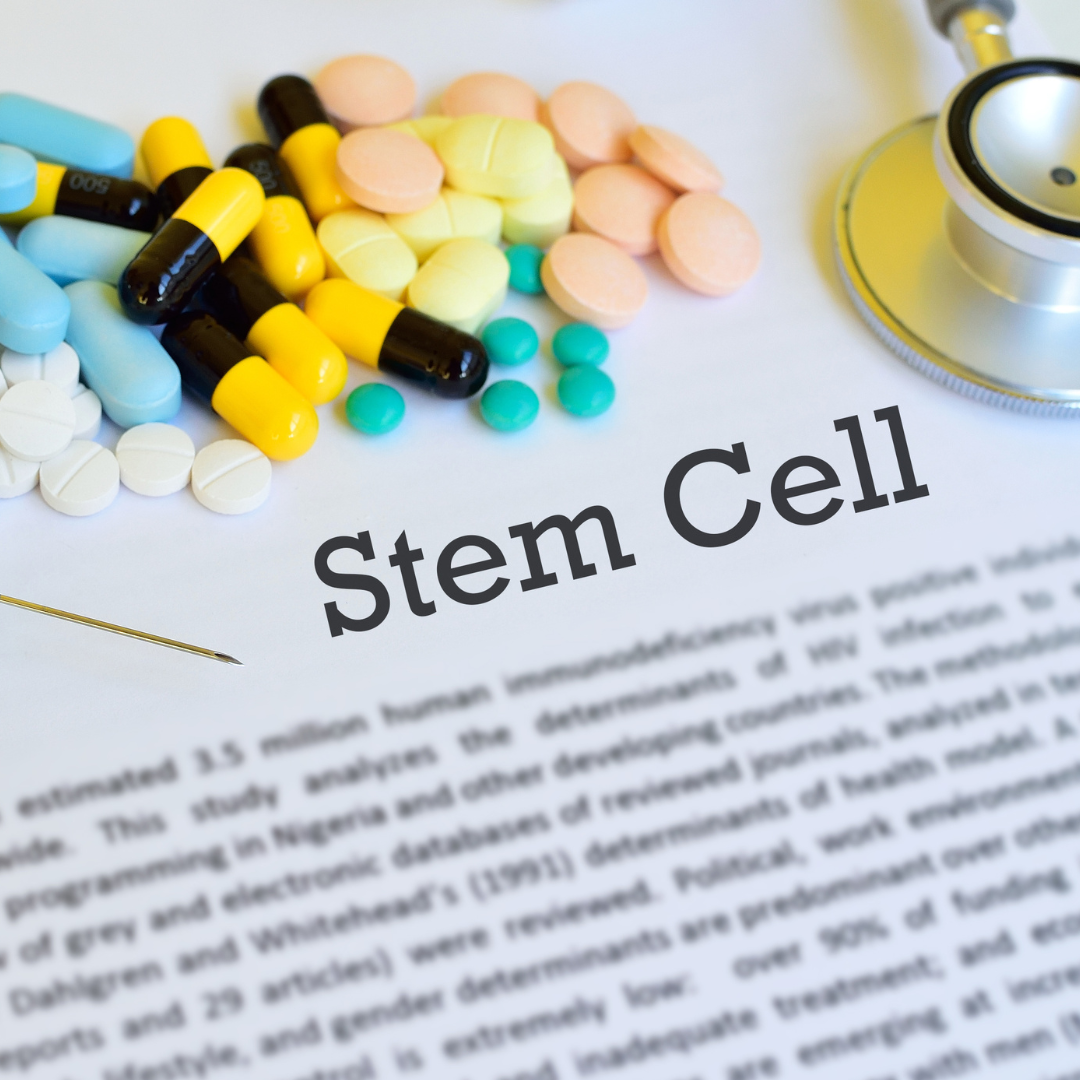Regenerative orthopaedic medicine is a cutting-edge medical field that uses the body’s natural healing mechanisms to regenerate and repair damaged tissues, offering a new approach to treating musculoskeletal injuries and diseases in the orthopaedic field.
In the past, traditional treatment methods for orthopaedic injuries included medication, physical therapy, and surgery, which often had limitations and varying outcomes. However, regenerative medicine offers a promising alternative by allowing patients to heal themselves using stem cells, platelet-rich plasma (PRP), and growth factors.
The Centre of Excellence for Orthopaedics and Trauma

What are the types of regenerative orthopaedic medicine?
- Stem cells are undifferentiated cells that can transform into various types of cells in the body, including bone, cartilage, muscle, and tendon cells. In orthopaedics, stem cells are used to repair damaged tissues and promote healing in bone fractures, ligament injuries, and cartilage defects. Stem cells can be obtained from bone marrow, adipose tissue, or other sources and are applied in different forms, such as injections, grafts, or scaffolds.
- PRP therapy is another form of regenerative medicine that utilizes the patient’s blood to accelerate healing. The process involves drawing a small amount of blood from the patient, which is then centrifuged to extract the platelets and growth factors. The PRP is injected into the injured area to stimulate healing, reduce inflammation, and promote tissue regeneration. PRP therapy effectively treats tendonitis, arthritis, and other soft tissue injuries.
- Growth factors are naturally occurring substances that regulate cell growth and division and can promote tissue regeneration and repair. In orthopaedics, growth factors such as bone morphogenetic protein (BMP) and transforming growth factor-beta (TGF-β) are used to encourage bone growth and fusion in spinal fusion surgeries. Growth factors can also be used with stem cells and PRP to enhance their regenerative capabilities.

What other considerations are there?
While regenerative medicine offers a promising alternative to traditional treatments in orthopaedics, it is essential to acknowledge and address the potential drawbacks and concerns that may arise with these techniques.
- One potential drawback of regenerative medicine is the need for long-term studies and data on its safety and efficacy. Because these techniques are relatively new and constantly evolving, limited information is available on their long-term effects and potential risks. Additionally, stem cells and growth factors may carry a risk of infection, bleeding, or other adverse reactions, although these risks are typically low.
- Another concern is the cost of regenerative medicine treatments, which may be more expensive than traditional treatments. Since these techniques are often considered elective and not covered by insurance, patients may need to pay out of pocket for these treatments.
- Finally, there is also the issue of accessibility to regenerative medicine treatments, as not all medical centers and clinics may offer these techniques or have the expertise to perform them effectively.
Despite these potential drawbacks, it is essential to note that regenerative medicine has shown significant promise in treating orthopaedic injuries and diseases. In many cases, stem cells, PRP therapy, and growth factors have been demonstrated to promote healing, reduce inflammation, and improve outcomes.

What are the next steps with MeditSimple?
At MeditSimple, we are committed to addressing these concerns and providing our patients with the highest level of care using regenerative medicine techniques. We understand the importance of providing our patients with the latest and most advanced treatments in orthopaedic care. Our center of excellence in orthopaedics is staffed with highly trained and experienced doctors specializing in treating musculoskeletal injuries and conditions using regenerative medicine techniques. By offering stem cell therapy, PRP therapy, and growth factor treatments, we can provide our patients with effective and innovative treatments for their orthopaedic needs.
In conclusion, regenerative medicine offers an exciting alternative to traditional orthopaedic treatments, providing patients with the potential to heal themselves by utilizing their body’s natural healing mechanisms. We can promote healing, reduce recovery time, and improve patient outcomes by incorporating stem cells, PRP therapy, and growth factors. We encourage readers to book their ortho appointments through MeditSimple to experience the benefits of our state-of-the-art orthopaedic care.
Reference: https://pubmed.ncbi.nlm.nih.gov/30152773/
